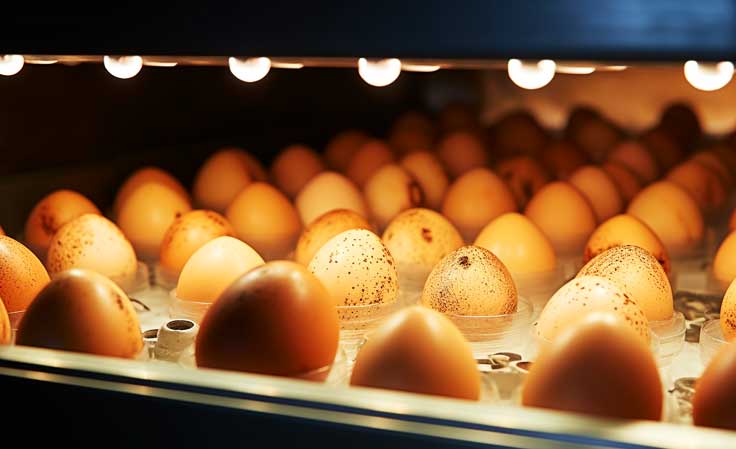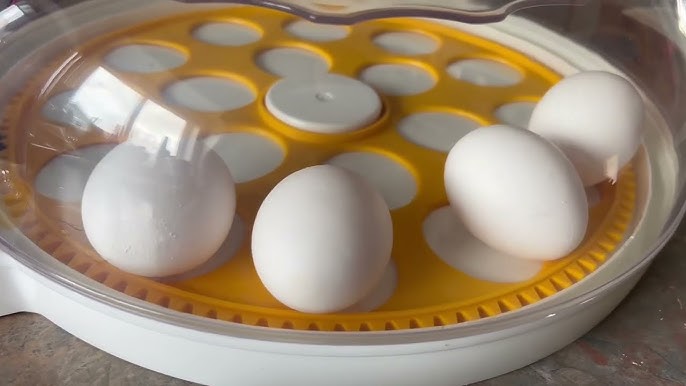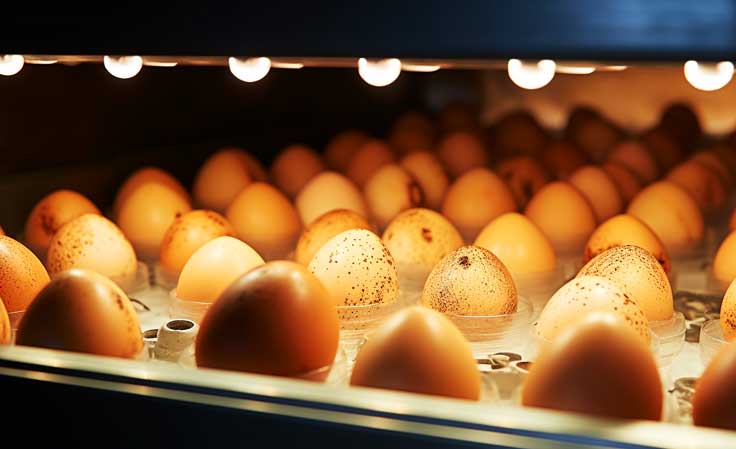The process of egg handling before incubation is a crucial step for anyone involved in hatching eggs. Whether you are a seasoned poultry farmer or a hobbyist looking to hatch eggs for the first time, understanding the best practices for handling eggs can significantly impact the success rate of your hatch.

Why Proper Egg Handling Matters
Proper egg handling is essential because it directly affects the viability of the eggs. Incorrect handling can lead to contamination or damage, which might reduce the chances of a successful hatch. Before placing eggs in an incubator, it is important to ensure they are handled correctly to maintain their quality.
Choosing the Right Eggs
The first step in egg handling before incubation is selecting the right eggs. Look for eggs that are clean, well-shaped, and free from cracks. It is also important to avoid eggs that are too large or too small, as they may not incubate properly.
Cleaning and Storing Eggs
Once you have selected the eggs, cleaning them is an essential step. Use a dry, soft brush to remove any dirt or debris from the eggshells. Avoid washing the eggs with water, as this can remove the protective bloom and increase the risk of contamination.
Maintaining Optimal Temperature and Humidity
After cleaning, store the eggs in a cool, dry place with a temperature between 50F and 60F. Ensuring the right humidity levels during storage is also essential. You can learn more about maintaining optimal humidity levels for eggs before incubation.
Turning the Eggs
While storing, turn the eggs gently at least twice a day to prevent the yolk from sticking to the eggshell. Regular turning ensures the embryo’s proper development and is a key part of egg handling before incubation.
Transporting Eggs Safely
If you need to transport eggs before incubation, ensure they are moved carefully. Use a padded box or carton to provide cushioning and prevent breakage. For more tips on transporting eggs, check out this transport guide.
Preparing for Incubation
Before placing the eggs in an incubator, allow them to reach room temperature gradually. Sudden temperature changes can cause condensation on the eggshell, leading to bacterial growth.
Setting Up the Incubator
Setting up the incubator correctly is crucial for successful hatching. Ensure the incubator is clean and functioning properly before use. For a comprehensive guide on incubator setup, visit incubator setup guide.
Monitoring Incubation Conditions
Once the eggs are in the incubator, monitor the temperature and humidity closely. The ideal temperature for most chicken eggs is around 99.5F, with a humidity level of 40-50% during the first 18 days of incubation.
Understanding the Incubation Process
The incubation process typically lasts for 21 days. During this period, it is essential to continue turning the eggs at least three times a day until day 18. After that, stop turning the eggs to allow the chicks to position themselves for hatching.
Handling Challenges During Incubation
Incubation can come with its challenges, such as temperature fluctuations or humidity issues. To troubleshoot common problems, refer to this troubleshooting guide.
Hatching and Beyond
As the hatching day approaches, it is crucial to maintain optimal conditions within the incubator. Avoid opening the incubator frequently, as this can disrupt the environment and affect the hatching process.
Post-Hatching Care
Once the chicks hatch, provide them with a warm and safe environment. This includes a brooder with appropriate temperature settings and access to clean water and starter feed.

FAQs
What is the ideal temperature for storing eggs before incubation?
The ideal temperature for storing eggs before incubation is between 50F and 60F.
How often should eggs be turned during storage?
Eggs should be turned gently at least twice a day during storage to ensure proper embryo development.
What are common challenges during incubation?
Common challenges during incubation include temperature fluctuations, humidity issues, and improper turning of the eggs.
For further reading on hatching eggs, explore this external resource.
This article contains affiliate links. We may earn a commission at no extra cost to you.











